A Brief History of Oktoberfest
Readers, please see the end of the article for PD’s sources on this rundown of an awesome, beloved tradition.
Who doesn’t love a royal wedding? It wasn’t all that long ago that millions of people around the world tuned in to see William and Kate get hitched. The infatuation with royal nuptials goes back beyond recorded history, and the wedding of Crown Prince Ludwig of Bavaria, later to become King Ludwig I, to Princess Therese of Saxony-Hildburghausen was no exception. From this wedding celebration grew an annual festival, which would evolve into the largest folk festival in the world: Oktoberfest.
The Origins of Oktoberfest
On Oct. 12, 1810, a festival was held on the fields in front of the city gates to celebrate the wedding of Ludwig and Therese, and all of Munich was invited. To close these festivities, a great horse race was staged, in which 30 horses raced on a 2.1-mile track. The following year, these horse races were repeated, which marked the beginning of the Oktoberfest tradition.
In honor of the princess, the meadow was henceforth called the Theresienwiese (Therese’s Meadow).
The place the locals lovingly refer to as the Wies’n hosted more horse races in 1811, and Oktoberfest was born. An agricultural show was added to the festivities, which continues to appear on the southern end of the fairgrounds every third year. The festival was canceled in 1813 because of the Napoleonic Wars but it was back in full swing the following year with new attractions such as tree climbing and bowling alleys.
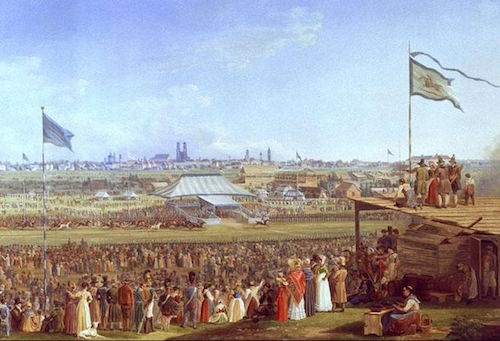
The Evolution of Oktoberfest
1850 was the first year that the traditional costume parade became an annual event. Thousands of people dressed in traditional Bavarian garb, or Tracht, walk through the center of Munich to the Theresienwiese, paying homage to a similar parade that was staged at the wedding of Ludwig and Therese. This parade takes place on the first Sunday of Oktoberfest and is still considered a core element of the festival.
1850 was also the year that the iconic Bavaria statue first presided over Oktoberfest, being joined by the Ruhmeshalle (Hall of Fame) in 1853. During the following decades, the festival was occasionally canceled due to war or cholera epidemics, but the festivities always resumed in better years.
In the late 1880s, Oktoberfest began to look more like the festival we know today. The Oktoberfest staff and breweries began holding a parade in 1887. Brightly decorated horse teams pulled wagons of beer, and they were joined by the festival’s musicians. This parade is still held every year on the third Saturday of September and signifies to many that the festival is about to begin.
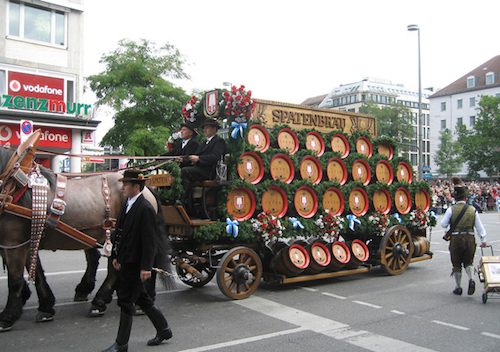
In order to accommodate more visitors, the smaller beer booths were replaced by larger tents and halls and beer was first served in glass mugs in 1892. At the 100th anniversary Oktoberfest in 1910, visitors drank more than 30,000 gallons of beer.
Nazi-Era Oktoberfest
During the early years of Adolph Hitler’s reign, the festival was used as a propaganda piece. Jews were forbidden from working on the Wies’n starting in 1933. After the annexation of Austria and the Sudetenland in 1938, the festival was renamed Großdeutsches Volksfest (Greater German Folk Festival). “Proud City. Cheerful Country.” was used as a slogan to signify the supposed unification of the social classes under National Socialism.
Due to World War II, Oktoberfest was canceled from 1939-1945. Following the war (1946-1948), an “Autumn Fest” was held in place of Oktoberfest. At this festival, the traditional Oktoberfest, or Märzen, beer (roughly 2 percent higher gravity than your traditional German lager) was not allowed to be served due to post-war rationing.
Modern Oktoberfest
Starting in 1950 and continuing to this day, Oktoberfest opening ceremonies begin with a 12-gun salute followed by the ceremonial tapping of the first keg. The keg is tapped by the mayor of Munich who then proclaims “O’zapft is!” The first liter of beer is then poured and given to the minister-president of Bavaria (similar to the governor in the U.S.).
1960 saw the cancellation of the annual horse races and the end of Oktoberfest’s oldest tradition.
Visitors gather in the 14 beer tents (and roughly 20 smaller tents), where all manner of beer fueled singing, dancing and lively conversation takes place. This feeling of camaraderie and well-being is so uniquely German, that there is no English word for it. In German, it’s called Gemütlichkeit.
Each tent has its own specialty. There are crossbow competitions in the Armrestschützen-Festhalle, roasted oxen dishes at the Ochsenbraterei in the Spatenbräu-Festhalle, and the yodeler in the Pschorr-Bräurosl. The Weinzelt is the only tent on the Theresienwiese that doesn’t serve beer, but, as the name may suggest, it does serve copious amounts of wine.
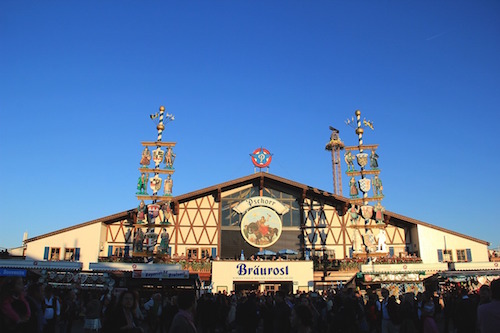
The Wies’n isn’t completely taken up by beer tents, however. Lots of space is covered by a large fun fair. There are thrill rides of all shapes and sizes, including a Ferris wheel and even a full-sized roller coaster. Just make sure you go on the rides before you partake in Oktoberfest’s signature brew!
In an attempt to create a more family-friendly atmosphere, the “quiet Oktoberfest” concept was developed in 2005. Before 6 p.m., the bands in the tents are limited to traditional folk music, which must remain below 85 decibels. This plan sought to keep the party mentality at bay during the hours when elderly people and children were most likely to be in attendance. This also helps to conserve a more traditional atmosphere in the tents. After 6 p.m., German Schlager pop, electronic dance music and other styles may be played at higher volume.
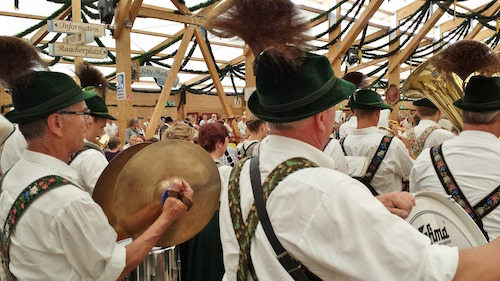
The Beer
Märzen has its origins in 15th or 16th century Bavaria. The beer was typically brewed in March (März in German), using a special recipe, which would allow the beer to last from April until September when brewing beer was not allowed. Historically, the beer would be cellared until late summer, and any remaining beer would be served at Oktoberfest.
Oktoberfest beer can range from pale to dark brown in color, but is typically amber-hued. The malts dominate the flavor profile of this beer, and the finish is clean and dry. The world-famous lager is served in a 1-liter dimpled glass mug called a Maßkrug (pronounced “moss kroogh” in English). Whatever you do, don’t call it a Stein. A Bierstein is a stoneware drinking vessel, which usually has a hinged metal lid.
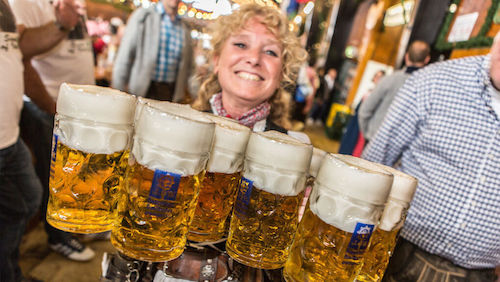
There are strict rules concerning the beer that may be served at Oktoberfest. The beer must not only conform with the Reinheitsgebot (German Purity Law), but it must also be brewed within the city limits of Munich. That means there is currently no chance that they will ever serve an American craft beer. There are only six breweries who meet the requirements to brew official Oktoberfest beer:
The Clothes of Oktoberfest
Many visitors to Oktoberfest still wear traditional Bavarian Tracht (folk costume). The colors and details may vary from town to town, but the basic design is the same. Men typically wear Lederhosen and a Tirolerhut (an alpine hat with a tuft of chamois hair). The Dirndl is the traditional garb of Bavarian women, and consists of a bodice, a blouse, a full skirt and an apron.
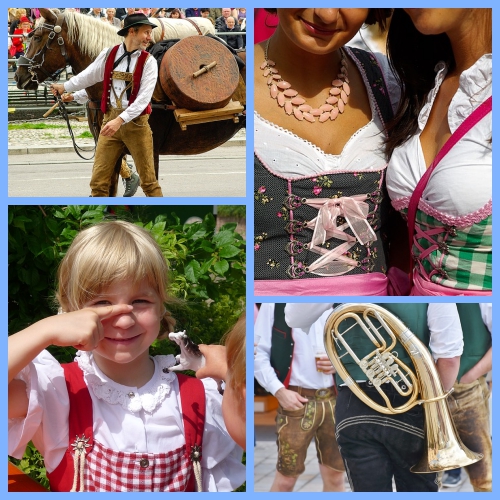
The Dates
Oktoberfest typically runs for 16 days, ending on the first Sunday in October. (That’s right, Oktoberfest takes place mostly in September.) If the first Sunday of October falls before German Unity Day (Oct. 3), the festival will be extended until that day. This will be the case in 2016 and 2017, when Oktoberfest will be 17 and 18 days long, respectively.
Oktoberfest by the Numbers
You can’t argue the fact that Oktoberfest is huge. In 2014, an estimated 6.5 million beers (126,000 barrels) were served to the 6.3 million visitors. All that beer can make you quite hungry. In 1989 (the hungriest year on record), 775,674 whole roasted chickens and 360,734 sausages were sold during the festival. All this fun doesn’t just happen, either. It takes more than 10,000 workers to pull off a successful Oktoberfest. These numbers may sound staggering, but they clearly show the epic proportions to which the festival has grown.
The Bottom Line
In its 206-year history Oktoberfest has become the undisputed king of all folk festivals, which is fitting when you consider its royal origin. The beer, music, rides, games and traditions provide something to please anyone who has the fortitude to brave the crowds. If you plan to visit the festival, be sure to book your accommodations early because hotels can be booked as far as a year in advance. For any lover of beer and folk traditions, it will be an unforgettable trip. Prost!
Sources
- The Official Oktoberfest website
- The City of Munich’s Official Website
- Wikipedia
- thelocal.de
- Deutsche Welle


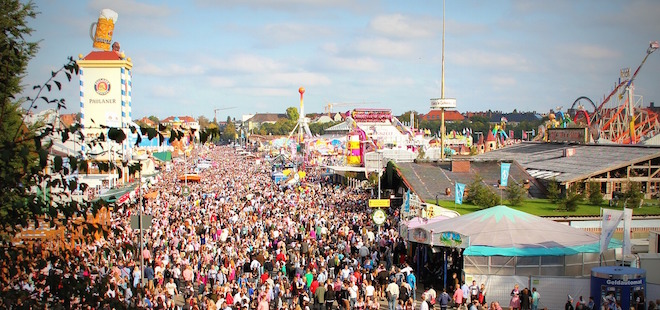

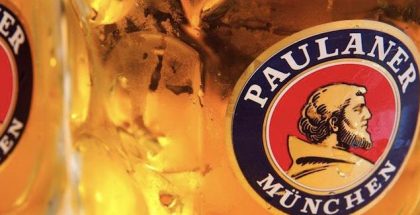
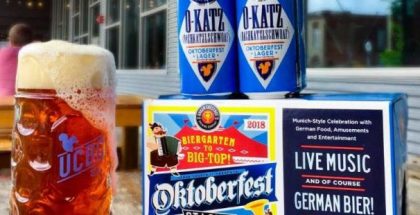
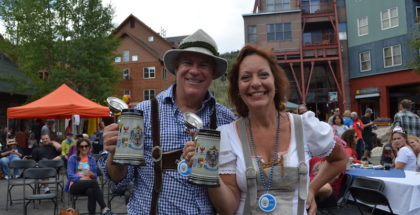
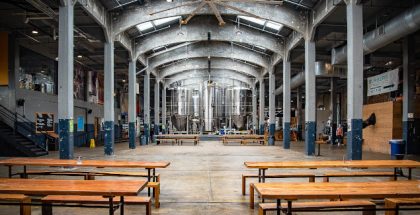
Submit a Comment